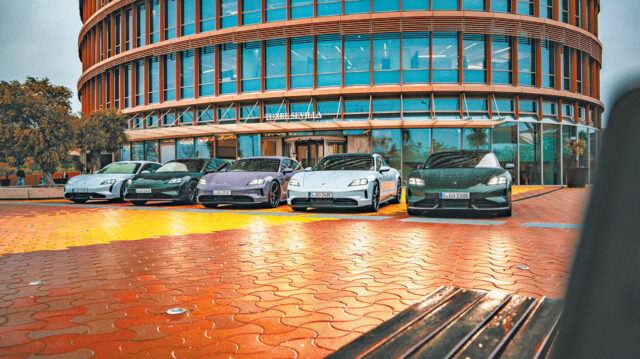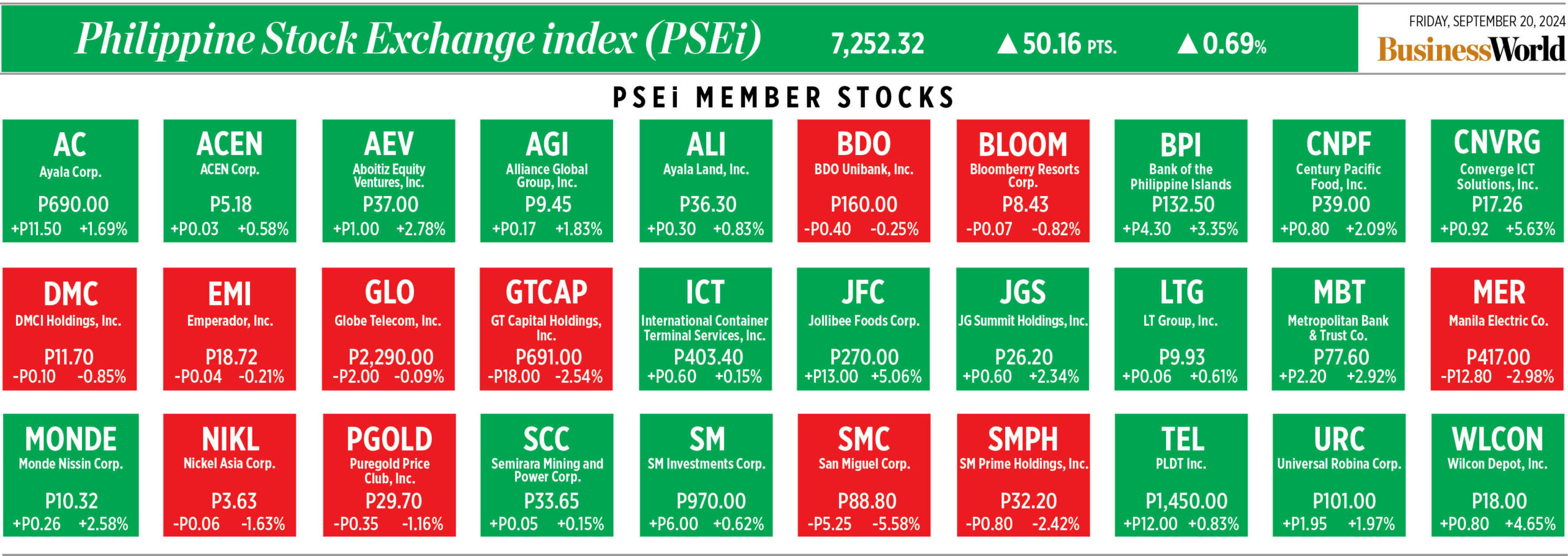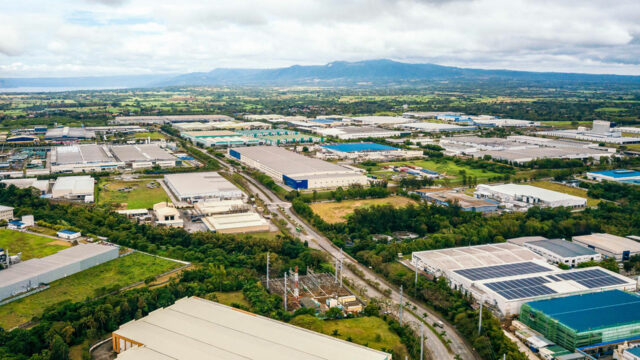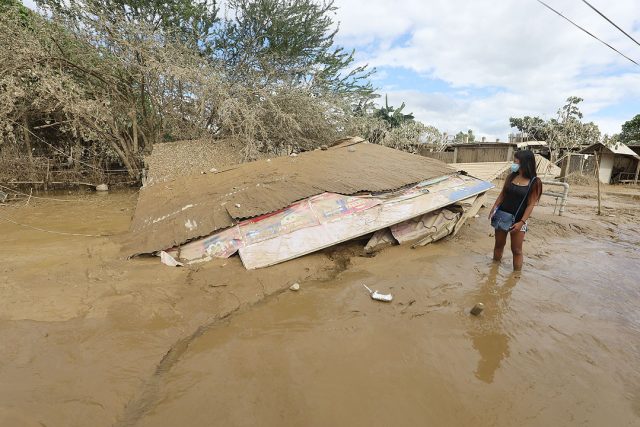Fuerza eléctrica
We drive the extensively refreshed Porsche Taycan in Spain
THERE’S NOTHING quite like experiencing launch control on the new Porsche Taycan Turbo. When you release the brake pedal while flooring the throttle, you are catapulted — nay, rocketed forward — nailed to the seatback as the vehicle rapidly acquires pace. You don’t even have enough time to thank God for the headrest that cradles your skull and keeps you from getting whiplash.
You could very well say I left my senses behind me as the battery electric sports car sprinted from a standstill to 100kph in less than three seconds. The official rate, says Porsche, is 2.4 seconds — a hefty 0.4 second quicker than the Taycan it replaces. And on the Porsche Turbo GT with Weissach Package that I’m blessed to be muscling around the track, it’s an even sprightlier 2.1 seconds. The maximum power on this beauty is downright beastly: 760kW or 1,019hp (making it the most powerful series-production Porsche of all time). And this yin-yang quality extends to the silent powertrain and tight chassis that lull you into thinking you are not speeding.
Even if the tarmac of the beautiful Circuito Monteblanco in La Palma del Condado, Spain was a bit wet on account of a spate of showers, the specialized Pirellis on the Taycan kept it steady and planted at speed. The proving ground is a surely worthy experience and showcase of what makes the Taycan so different, so improved from its predecessor. Though a midcycle refresh, the new Taycan is already head and shoulders above the one it replaces — in one aspect, most literally.
Let’s get to that one first. Cognizant of the difficulty of getting into sports cars (ah, the problems we have), Porsche has made tweaks so that when you unlock the vehicle to get in, the vehicle will rise up to make ingress a bit easier; same thing when you are disembarking from it.
There are definitely touches like this here and there that will make even existing Taycan owners take another look — and even consider upgrading.
Among the plethora of niceties, none are more important than bumps in power, range, acceleration, stability, and even charging times.
At the track’s media lounge, I spoke exclusively to Porsche’s spokesperson for the Panamera and Taycan lines, Mayk Wienkötter. I asked for the highlights of this significant rehash. “First of all, we have a bigger battery,” he replied. “That helps, of course, but we really retouched and reworked every part of the car. Everything has been made more efficient. We have a new rear motor, we have new pulse inverter. We even have tires and wheels that are more aerodynamic, and therefore more efficient. And this all adds up. It’s a lot of the little things that we implemented into the new Taycan, and these help to increase the range by up to 35%.”
The previous evening, Porsche held a presentation at the impressive Pabellón de la Navegación for attendees of its New Taycan International Media Drive. This museum in Seville is “devoted to seas and oceans,” underscoring the significance of Seville (or Sevilla) as a fluvial city.
Porsche Taycan Electric Powertrain Director Klaus Rechberger helped to establish context as to what the Stuttgart-headquartered brand prioritized in the new Taycan in terms of share in development cost. Leading the, well, charge is work on efficiency (29%), performance (25%), design and charging (16% each), infotainment (11%), and comfort (3%). It should be no surprise that massive gains were realized in the major areas of spending.
Aside from shaving milliseconds off its standstill-to-100kph time (in the case of the base Taycan, it’s now 4.8 seconds from 5.4 ticks), range has grown significantly. By WLTP standards, the new Taycan can realize up to 678 kilometers on a fully charged battery — up by 35% versus the 503 kilometers of its predecessor. The Taycan Turbo S musters 630 kilometers versus the 467 kilometers (plus 34%) of the older version. The aforementioned batteries have been swapped for higher-capacity ones — 300kW from 240kw in the new Taycan 2WD; 700kW from 560kW in the new Taycan Turbo S. Drilling down further, the improved range reflects breakthroughs in four areas of improvement: battery capacity, increased drivetrain efficiency, optimized drive and recuperation strategy, and optimization of the whole vehicle (mass, aerodynamics, rolling resistance).
The battery gets new cell chemistry to promise high energy density and performance. Aside from enhanced capacity (plus 12%), it accepts greater maximum charge current (plus 20%), boasts a lower starting temperature for fast charging (now at 15 degrees Centigrade from 35 degrees), higher maximum current for launch control (plus 20%), lower weight (less 9kg), and greater energy density (plus 13%).
Looking back, the Taycan, when it was first rolled out to the market in 2019, was probably a bit of a gamble for Porsche, particularly in view of purists who believe in the sanctity of the internal combustion engine (ICE). I posed this very question to Mr. Wienkötter.
“It’s very simple,” he began. “The Taycan is a true Porsche. It looks like a Porsche, drives like a Porsche, handles like a Porsche. It even smells like a Porsche. If you look at the seating position, for instance, it’s very similar to the 911, although it’s a four-seater and a four-door version.”
Insisted the executive: “Everything feels very much Porsche, and that was really crucial for us to create — despite the drivetrain — a car that really resonates with the existing Porsche customers, that they feel at home when they get into the car. The steering feel will be the same, the way the car turns, and the acceleration feel, it should be very similar, and that’s what we achieved with the Taycan, and that’s why it’s such a great success.”
Mr. Wienkötter added that Porsche has produced “almost 150,000” units of the model. If you take into account that it is, after all, a luxury vehicle — and a BEV at that — then it “tells the success story of the Taycan from day one.”
Still, Porsche designers and engineers were cognizant of the misgivings drivers and pundits had about the original vehicle — mainly pertaining to comparatively limited range and efficiency. “We felt that the efficiency needed to be improved, even the performance. So now, the car is quicker, charges more quickly, and goes further. The whole package is now even more complete,” declared the executive.
As for the demographic of Taycan buyers, Mr. Wienkötter reported, “We’ve seen it all. So, 50% are existing customers, 50% are new to the brand, and we even saw some people buy their very first EV through Porsche. So the mix is really, really diverse, which is also, again, part of the success, because the car resonates with so many people from so many different target groups, that it appeals to so many different people.”
This attractiveness for various buyer profiles is also manifested in the diversity of choices in the Taycan — carried over into the refreshed version. There are a staggering 14 different Taycan models — broken down into the three main body types: the sports sedan, the Cross Turismo, and Sport Turismo.
“If a model is not performing, there would be no reason to continue it in through the next generation. We didn’t lose a single model. You can really choose by budget, by design, or by power. It’s really your choice,” concluded Mr. Wienkötter.
A stint on the track was a welcome one to test the limits of the electric vehicle that is truly a Porsche. Incidentally, the Taycan Turbo GT with Weissach Package posted the fastest-ever time for an electric series-production car at the Laguna Seca and the Nürburgring Nordschleife — additionally becoming the fastest four-door of any powertrain type to make a round of the latter.
However, making our way to and from La Palma del Condado and Sevilla was something else. Flying past verdant meadows freshly kissed by rain, beautifully undulating roads in the countryside, and even blissfully feeding livestock, the new Porsche Taycan felt compliant and at home, almost blending into the scenery even as it rushed past in a blur. There was a whole lot of silence as well, almost like the Taycan was respectful and mindful not to disturb the peaceful, living tableau of this slice of paradise.





















